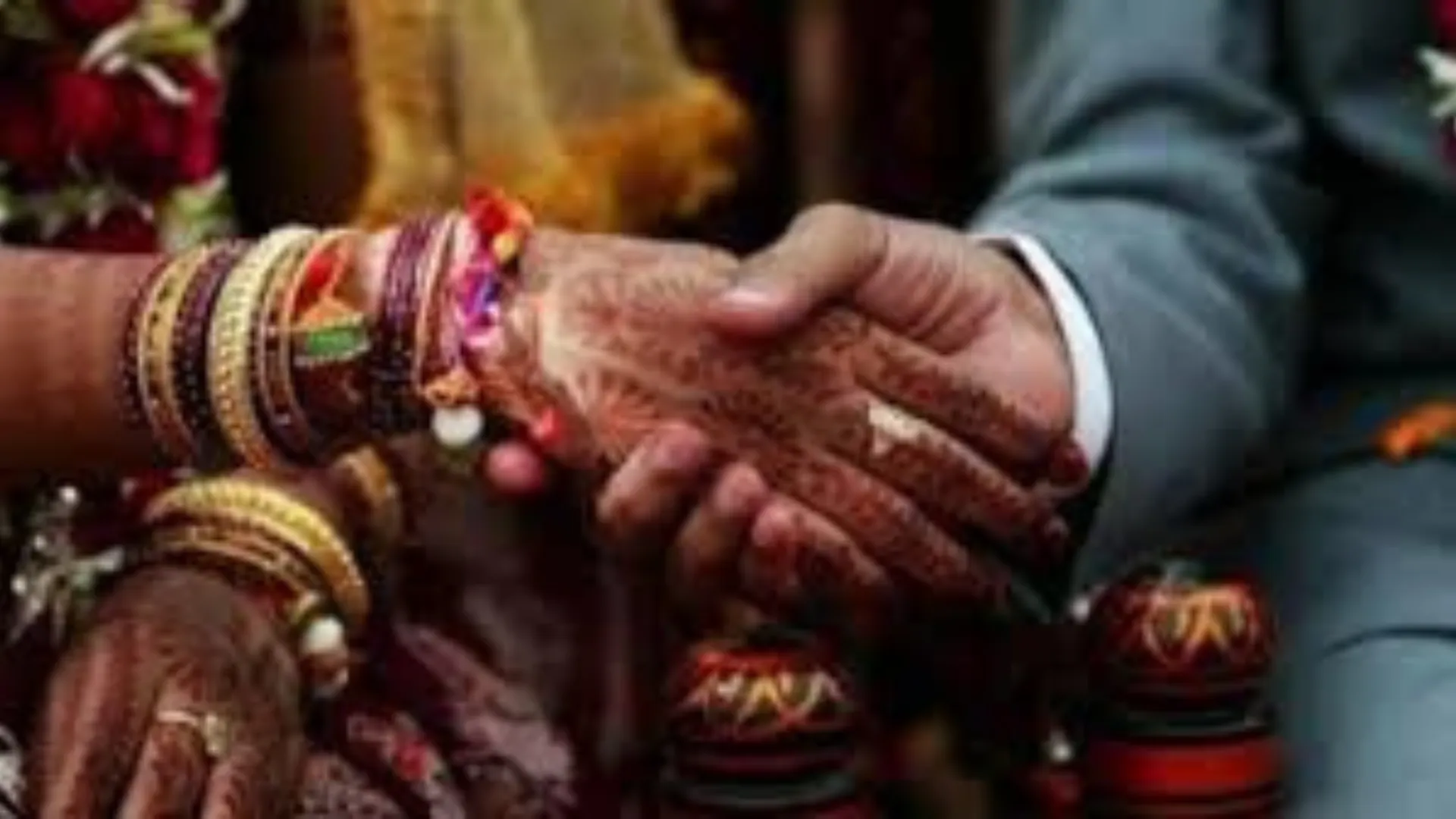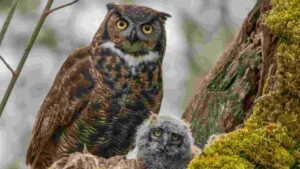With Diwali approaching, the demand for owls in illegal markets surges. People seek them from forests and specific areas where they’re known to be present, with prices reaching between Rs 10,000 and Rs 50,000 for each owl during this period. The high demand correlates with Diwali’s timing on Amavasya, a night reportedly marked by owl sacrifices.
Religious Beliefs Tied to Owls
In Hindu traditions, owls are associated with Goddess Lakshmi. Some beliefs hold that she rides an owl, while others suggest the owl merely accompanies her. This connection has led many to believe that sacrificing an owl on Diwali ensures that the goddess’s blessings remain in the home.
Owls in Hindu beliefs are also connected to Alakshmi, the goddess of misfortune, who is believed to be drawn to those with unsettled past-life karmas. The story goes that Goddess Lakshmi was born from Amrit (nectar), while her elder sister Alakshmi came from Halahal (poison). Owls’ nocturnal and solitary nature make them symbolic figures in these spiritual associations.
Owls in Global Cultures
Owls carry symbolic value across various cultures. In both Greek and Asian traditions, they represent wealth, prosperity, and omens. The owl’s resilience makes it an ideal figure in Tantra Sadhana, as noted in ancient Hindu texts, the Puranas.
Owl as a Symbol of Wisdom
Owls’ steady, round eyes are widely regarded as symbols of intelligence. This belief is echoed worldwide. In ancient Greece, for instance, the owl represented Athena, the goddess of wisdom. In Puri, Odisha, the owl is worshipped as ‘Lord with Circular Eyes’ or ‘Choka-Dhola.’
Puranic stories show Goddess Lakshmi seated on a large white owl, and in some Bengali homes, the white owl is treated as a symbol of Lakshmi and honored. The Tantric story known as the Uluk Tantra recounts how Gautam Rishi developed a ritual to reverse a curse of poverty. As a result, followers of Gautam Gotra honor owls on Diwali to seek prosperity.
Tantric Demand for Rock Owls on Diwali
The Rock Owl, or Eagle Owl, is particularly sought after for Diwali rituals due to its supposed mystical powers. In the days leading to Diwali, illegal bird dealers price owls based on attributes such as weight and color, ranging from Rs 4,000 to Rs 10,000. Despite their protected status under the Indian Wildlife Act, 1972, poaching and trading owls is a common Diwali practice.
Preparations for owl-centered tantric rituals begin nearly a month before Diwali, with detailed methods outlined in Tantric Sadhana texts. The owl is often kept alive until Diwali night, fed meat and alcohol. After the sacrifice, owl parts are strategically placed—eyes for hypnotic influence, feet in safes for wealth, and beaks as protective charms. Owls are used in various tantric practices, such as vashikaran (attraction) and maran (destruction).












